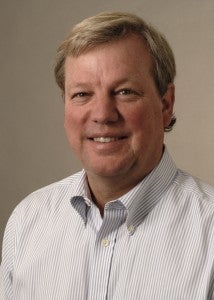This commentary originally appeared on our Texas Clean Air Matters blog.
As we begin a new year, the outlook for 2014 looks bright. But as the Polar Vortex has descended upon the U.S. over the last few days, we have been reminded of the past, specifically the winter of 2011 when Texas’ electricity grid stuttered under the extreme cold.
Monday, as a record-breaking cold snap whisked over the U.S., the Electric Reliability Council of Texas (ERCOT), the state’s grid operator, warned of possible blackouts, just as they did in 2011. We were lucky this time, but in February of 2011 we were not, and blackouts occurred throughout the state.
ERCOT’s warning meant that the grid’s power reserves “dropped below a comfortable threshold,” and the “system was just one step away from rolling blackouts” as the need for energy outpaced supply. As these blackout threats loomed, two power plants succumbed to the cold and went down. The loss in capacity amounted to about 3700 megawatts (MW), with 1800 MW lost due to the cold. According to Dan Woodfin, ERCOT’s Director of System Operations, “if we had lost another unit it would have put us into an Energy Emergency Alert Three” – the stage that prompts rolling blackouts. This is unnecessary and unacceptable. Read More















